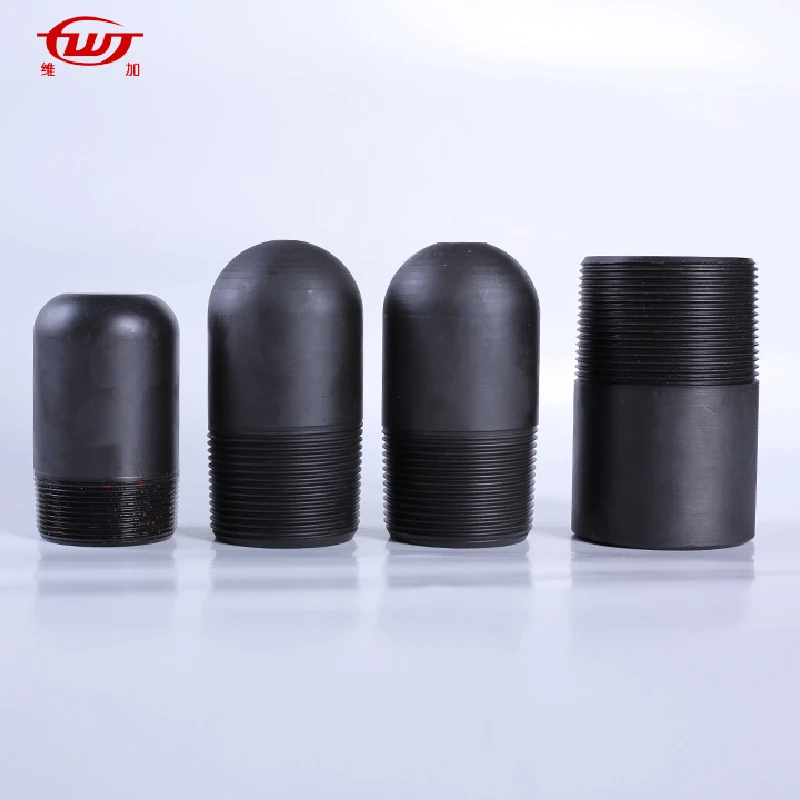- Afrikaans
- Albanian
- Amharic
- Arabic
- Armenian
- Azerbaijani
- Basque
- Belarusian
- Bengali
- Bosnian
- Bulgarian
- Catalan
- Cebuano
- Corsican
- Croatian
- Czech
- Danish
- Dutch
- English
- Esperanto
- Estonian
- Finnish
- French
- Frisian
- Galician
- Georgian
- German
- Greek
- Gujarati
- Haitian Creole
- hausa
- hawaiian
- Hebrew
- Hindi
- Miao
- Hungarian
- Icelandic
- igbo
- Indonesian
- irish
- Italian
- Japanese
- Javanese
- Kannada
- kazakh
- Khmer
- Rwandese
- Korean
- Kurdish
- Kyrgyz
- Lao
- Latin
- Latvian
- Lithuanian
- Luxembourgish
- Macedonian
- Malgashi
- Malay
- Malayalam
- Maltese
- Maori
- Marathi
- Mongolian
- Myanmar
- Nepali
- Norwegian
- Norwegian
- Occitan
- Pashto
- Persian
- Polish
- Portuguese
- Punjabi
- Romanian
- Russian
- Samoan
- Scottish Gaelic
- Serbian
- Sesotho
- Shona
- Sindhi
- Sinhala
- Slovak
- Slovenian
- Somali
- Spanish
- Sundanese
- Swahili
- Swedish
- Tagalog
- Tajik
- Tamil
- Tatar
- Telugu
- Thai
- Turkish
- Turkmen
- Ukrainian
- Urdu
- Uighur
- Uzbek
- Vietnamese
- Welsh
- Bantu
- Yiddish
- Yoruba
- Zulu
api casing sizes
Understanding API Casing Sizes A Comprehensive Overview
API (American Petroleum Institute) casing sizes are a crucial aspect of oil and gas drilling operations. The casing is a series of steel pipes used to line the borehole, protecting it from collapse and ensuring a safe environment for drilling activities. Understanding the different casing sizes is essential for engineers, drilling contractors, and anyone involved in petroleum extraction.
Understanding API Casing Sizes A Comprehensive Overview
Casing grades, such as J55, K55, N80, and P110, indicate the tensile strength of the material. For instance, J55 casing is often used in lower-pressure applications, while P110 is suitable for high-pressure environments. Selecting the correct grade based on the well's conditions is vital for maintaining safety and operational integrity.
api casing sizes

One of the primary purposes of casing is to isolate different geological formations. This isolation prevents hydrocarbon zones from mixing and protects freshwater aquifers from contamination. Furthermore, casing helps control the pressure in the wellbore, minimizing the risk of blowouts.
The installation of casing involves several steps, including running the casing into the well and cementing it in place. Cementing creates a secure bond between the casing and the borehole, providing additional stability. Proper cementing is crucial as it prevents fluid migration between the geological formations, ensuring that drilling operations proceed safely.
Environmental considerations also play a significant role in selecting casing sizes and types. Regulations may dictate specific casing requirements based on geographic locations and ecological sensitivities. This aspect emphasizes the need for thorough planning and adherence to environmental standards.
In conclusion, API casing sizes are integral to the success of drilling operations. From ensuring structural integrity to safeguarding the environment, understanding the various sizes and grades of casing is essential for professionals in the oil and gas industry. By carefully selecting the appropriate casing sizes, operators can enhance the safety, efficiency, and sustainability of their drilling endeavors. Ongoing advancements in materials science and engineering practices continue to enhance the reliability and performance of API casing, paving the way for future innovations in petroleum extraction.
-
Tubing Pup Joints: Essential Components for Oil and Gas OperationsNewsJul.10,2025
-
Pup Joints: Essential Components for Reliable Drilling OperationsNewsJul.10,2025
-
Pipe Couplings: Connecting Your World EfficientlyNewsJul.10,2025
-
Mastering Oilfield Operations with Quality Tubing and CasingNewsJul.10,2025
-
High-Quality Casing Couplings for Every NeedNewsJul.10,2025
-
Boost Your Drilling Efficiency with Premium Crossover Tools & Seating NipplesNewsJul.10,2025







